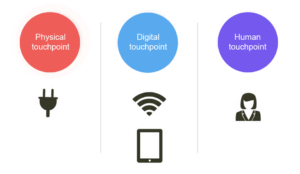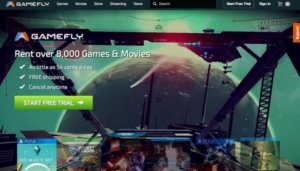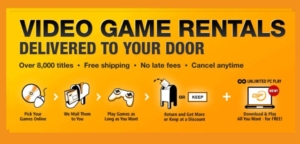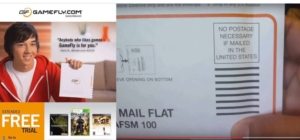There are so many definitions of service design, and it seems that there’s not even one unified description. Synthesizing consensus, I summarize the definition as follows: service design is the process of making each stakeholder coordinate effectively through systematically and organically excavating and optimizing touch-point experience during service process, and finally achieve perfect user experience.
The concept is a little complicated, firstly, I will give a simple example: there are two coffee shops with the same distance, same coffee taste, and same price, which one will you choose?

If I go to the coffee shop on a date, I will definitely choose the coffee shop in left picture, because it provides a dim light, nice music and a concealed entrance (privacy protection);
If I go to the coffee shop to work overtime, then I will definitely choose the coffee shop in right picture, because it provides super-fast Wi-Fi (office gadget), super more power points (never worry my computer about running out of power), orders can be placed directly on mobile phone (too lazy to talk as working overtime), good looking and humble waiter.
So it can be seen from examples above: different coffee shops provide different services during the experience process of users, factors that affect your decisions are service design. Besides, the lamplight, music, socket, Wi-Fi and other factors that make you feel different service experience are touch-point, often said in service design. In short, the place that service acceptor interacts with service provided by the service provider is a touch-point.
Promoting each touchpoint’s user experience before/during/after service can let users feel good service experience fully and consistently. We divide touch-point into three major types: physical touch-point, figure touch-point, and human touch-point.
Power points and lamplight in the example are physical touch-point, and usually, they are reached by decoration, furnishings and other hardware facilities. The mobile phone order placement interface in the example is figure touch-point, and this type of touch-point is usually reached by interface operation on mobile phone and computer. Waiter, reception, cook and other characters of this type are human touch-point, generally speaking, a good image, attitude and resolution ability are the keys to promoting the experience of human touch-point. If three touch-points coordinate with each other, better effects will be reached.
GAMEFLY is a service platform that can buy or lease all kinds of game host CD, which is known as the Netflix in the electronic gaming field.
The leasing process of GAMEFLY is very simple. After users pay the annual fee, place an order on the game that users want to lease on the net, GAMEFLY would send to you for free, won’t limit lease duration. In addition, you can change the game at any time, and buy the game you have leased at a discount price.
In terms of touch-point design, I think its design on aspects of the site (online digital touch-point) and parcel bag (offline physical touch-point) are very good. On the web page it particularly increases the subject switch button, users can easily switch white background or black background. This design can meet the different aesthetic preferences of light player and heavy player, also fully consider the requirements of some players who plays games all night and doesn’t want the eyes to be stimulated by a white background.
It also makes a great effort on the design of GAMEFLY parcel bag:
1. Open the outer layer of the received parcel bag, it is the envelope for you to send back in the future. The return address and your home address have been printed on the envelope.
2. When sending back, no need to stick stamp and pay any postage, directly put the envelope that enclosed with game into any mailbox (The USA only)
3. When sending, if find that the parcel bag is missing, can apply on the net, they will send you another new one.
Why UED needs to learn from service design?
After understanding the concept of service design, what changes service design can bring to the work of UED? I think there are two major advantages currently:
1. Find more problem pain points.
The general design process can only find obvious pain spot, not comprehensive. While after use service design method, will think of the whole link service process, can find more pain point on users’ path.
2. Increase the train of thought of solving problems.
The solution that guided by general design process is single and limited to detail, while after utilizing the service design method, the solution is more holistic, and the idea is more broadly.
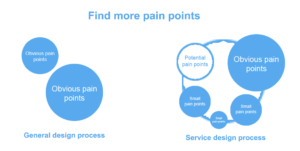
Reference resources:
- Stickdorn, Marc, and Jakob Schneider. This Is Service Design Thinking: Basics, Tools, Cases. , 2011. Print.
- Andrew Polaine, Lavrans Løvlie, Ben Reason.Service Design: From Insight to Implementation. ,Paperback – March 13, 2013
